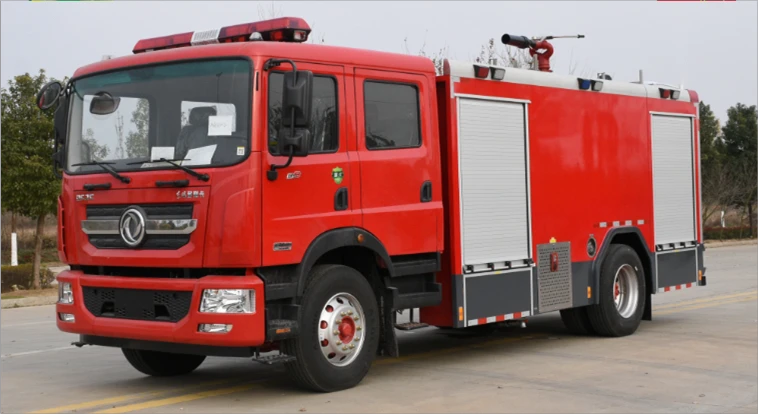Wiring Guide for Three-Phase Electric Motors Explained in Simple Steps
Understanding 3-Phase Motor Wiring
Three-phase motors are widely used in industrial and commercial applications due to their efficiency and reliability. The three-phase system provides a constant motor torque and allows for smaller and lighter motor designs compared to single-phase motors. To harness the full potential of three-phase motors, it is crucial to understand the fundamentals of three-phase motor wiring.
What is a 3-Phase Motor?
A three-phase motor operates on a three-phase system, where the power supply consists of three alternating currents (AC) that are 120 degrees out of phase with each other. This phase difference ensures that power delivery is continuous and that the motor runs smoothly, reducing vibrations and wear on components.
Three-phase motors are available in two primary types synchronous and induction. Synchronous motors operate at a speed determined by the power supply frequency, while induction motors rely on electromagnetic induction to generate torque.
Wiring Diagram Basics
Wiring a three-phase motor involves connecting the motor to a three-phase power supply. The basic wiring diagram consists of three wires, typically labeled as L1, L2, and L3, which represent the three phases. Additionally, motors usually have three terminals labeled U, V, and W, corresponding to the three phases.
To wire a three-phase motor, follow these steps
1. Power Supply Connection Ensure that the power supply voltage matches the motor rating. Consult the motor's nameplate for voltage specifications.
2. Terminal Identification Identify the motor’s terminal connections. Most motors can be connected in two configurations star (Y) or delta (Δ). The choice of configuration depends on the motor's specifications and the desired voltage and current characteristics.
3. Star Connection In a star (Y) configuration, the ends of each of the three windings are connected together, forming a neutral point. This reduces the voltage across each winding and is typically used for starting the motor, providing lower starting torque. Once the motor reaches a certain speed, it can switch to delta to achieve higher torque.
4. Delta Connection In a delta (Δ) configuration, the windings are connected in a loop. This configuration provides full voltage to each winding, resulting in higher starting torque. However, delta connections require a more robust power supply.
5. Connection to Power Supply Connect L1, L2, and L3 from the three-phase power supply to the corresponding terminals of the motor (U, V, W). Use insulated wires capable of handling the motor's current rating.
3 phase motor wiring

6. Grounding Always ensure that the motor is properly grounded to prevent electrical shocks and equipment damage. This includes connecting a grounding wire to the motor casing.
7. Testing Before starting the motor, double-check all connections. Use a multimeter to test for continuity and ensure there are no shorts between the phases. Once verified, the motor is ready for testing.
Safety Considerations
Working with three-phase motors involves high voltage and current, which can be dangerous. To ensure safety
- Always disconnect power before working on the motor. - Use appropriate personal protective equipment (PPE), including gloves and safety glasses. - Familiarize yourself with local electrical codes and regulations. - If uncertainty arises, consider consulting a qualified electrician.
Troubleshooting Common Issues
In the event of difficulties during operation, several common issues can arise
- Phase Imbalance If the motor runs unevenly or overheats, check for phase imbalance. Use a voltmeter to test the voltage across each phase and ensure they are within acceptable limits.
- Overheating This can result from insufficient ventilation, overloading, or incorrect voltage supply. Ensure that the motor is adequately cooled and that loads are within specified limits.
- No Start or Slow Start If the motor does not start or starts slowly, verify that the power supply is functioning and that the motor connections are correct.
Conclusion
Understanding three-phase motor wiring is essential for anyone involved in industrial and commercial motor applications. Whether for installation, troubleshooting, or maintenance, clarity on wiring configurations and safety practices can prevent costly downtime and ensure reliable motor operation. As technology advances, the principles of three-phase motor wiring remain crucial in a wide range of applications. Always prioritize safety and adhere to guidelines to achieve optimal performance from your three-phase motor.
-
Hydraulic Lock Assembly for SHACMAN Truck Parts – Durable & ReliableNewsJul.28,2025
-
SINOTRUK HOWO 84 Electric Dump Truck for Eco-Friendly Heavy HaulingNewsJul.26,2025
-
The Fast 16-Gear Manual Transmission Assembly for Heavy TrucksNewsJul.25,2025
-
Mercedes Benz Actros 1848 42 Tractor Truck for Sale - Reliable PerformanceNewsJul.24,2025
-
High-Quality Water Pump Assembly for Sinotruk Trucks – Durable & ReliableNewsJul.23,2025
-
Premium Truck Engine Antifreeze Coolant Fluid for Heavy Duty VehiclesNewsJul.22,2025
Popular products

























